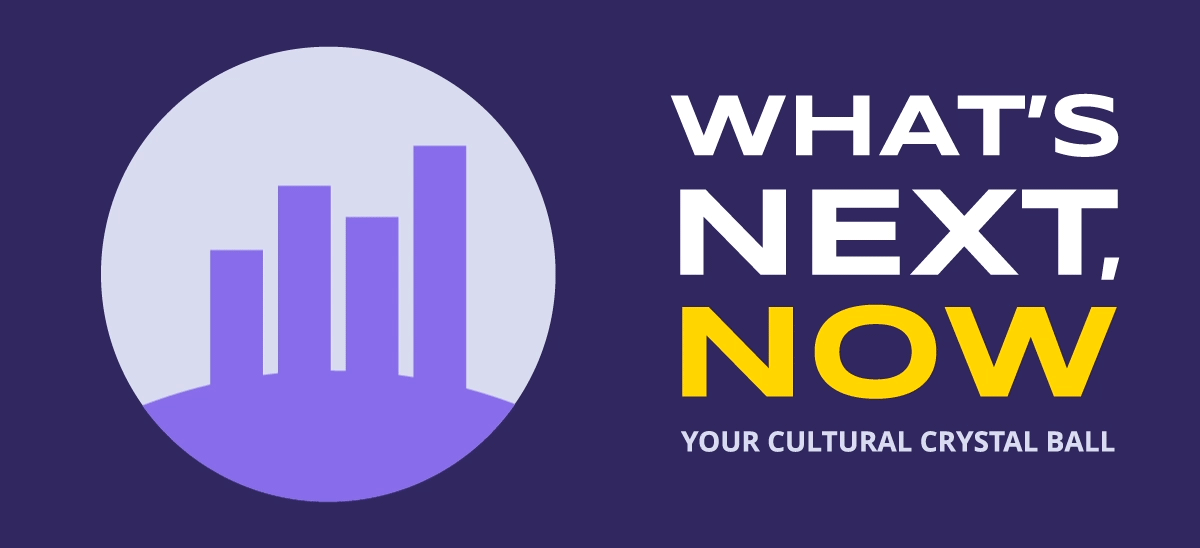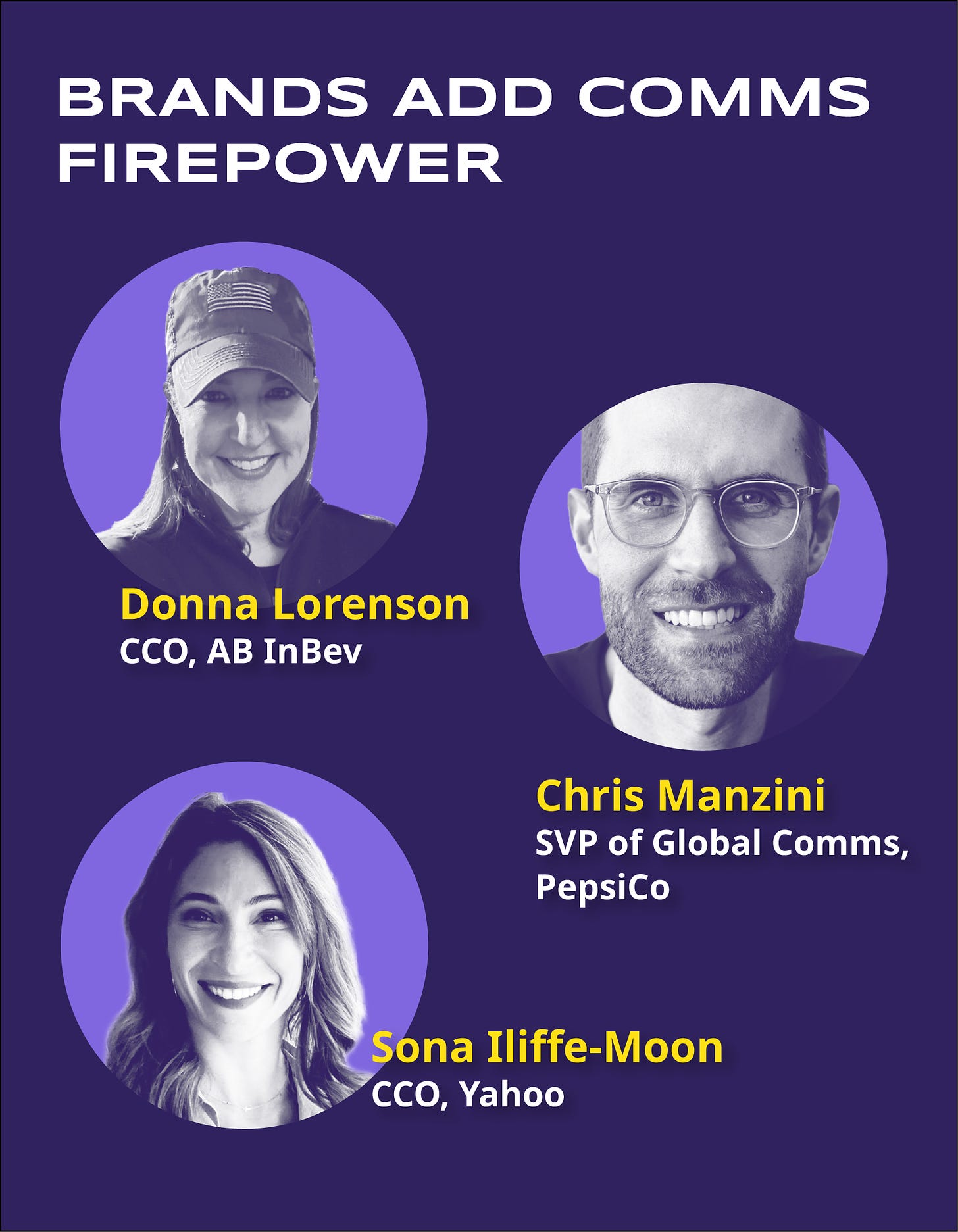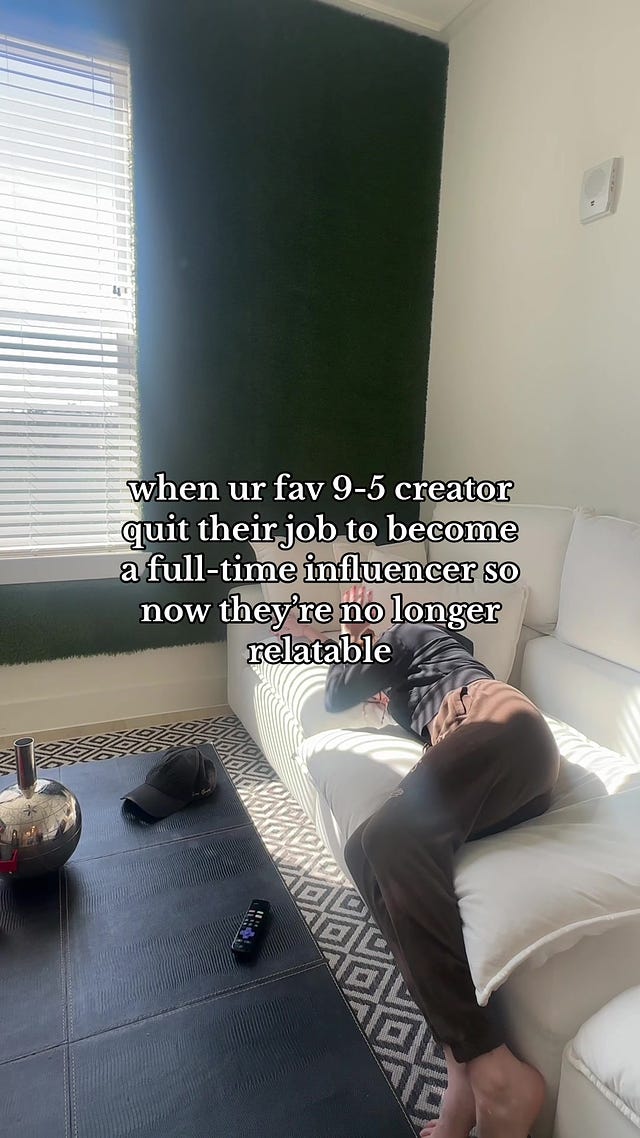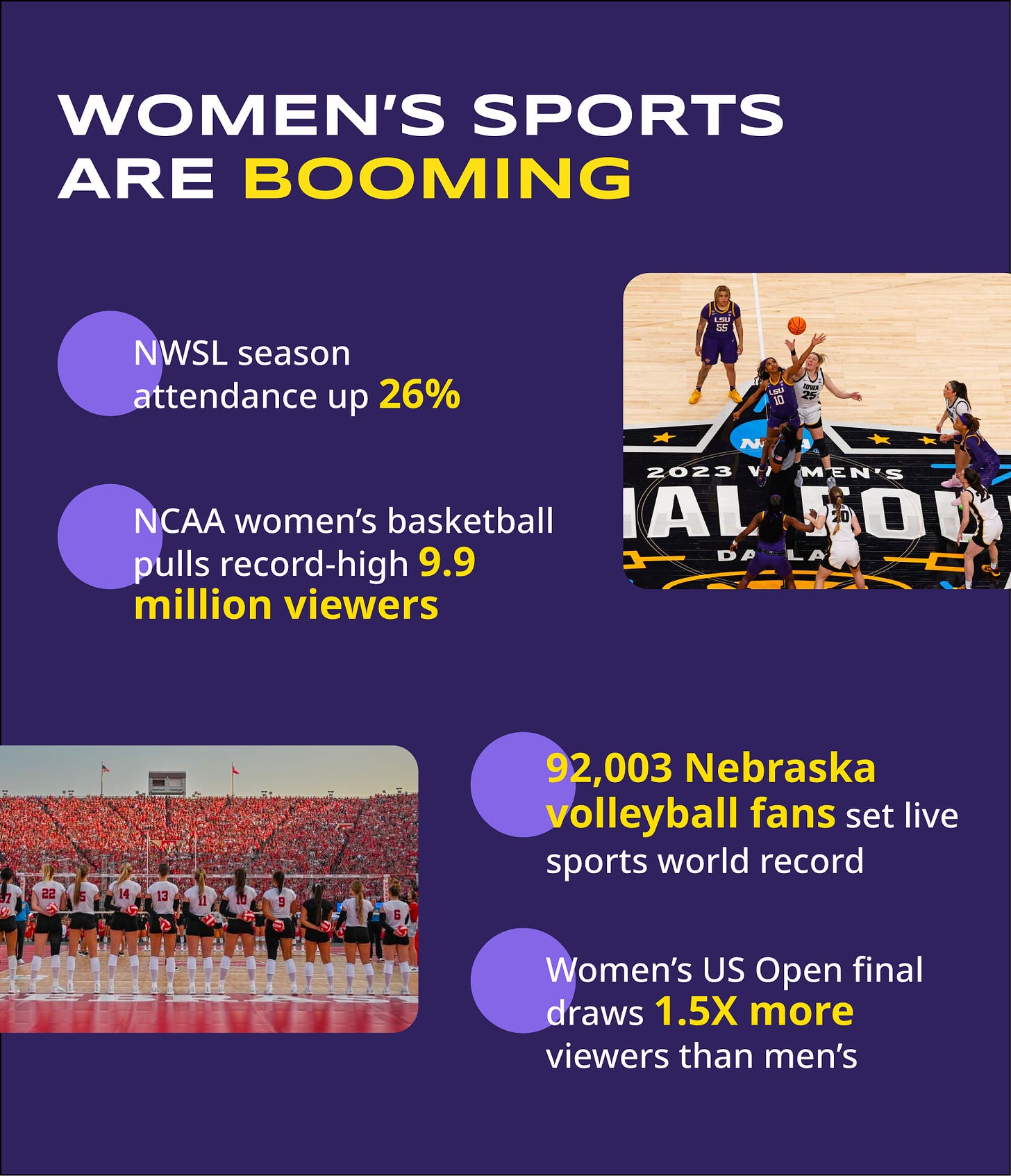What's Next, Now: November 2023
This month, our crystal ball predicts the rise of the CCO, fast-tracked tech regulation, a dominant women’s sports market, and more.
From weak or tone deaf messaging leading to massive consumer backlash, to the difficulty of managing brand reputations through mass layoffs, to an onslaught of fraught political issues, communications teams have been navigating a volatile environment this year. To avoid becoming the next Bud Light, brands are bolstering their communications support with new leadership.
Risks to brand reputation by and large play out in the earned and social space, where communications teams play a pivotal role. To shore up communications strategies, top brands have begun strengthening their dedicated communications teams, onboarding new leaders.
AB InBev — parent company of America's now-second favorite beer — brought on Donna Lorenson as chief communications officer, a 20-year strategic communications veteran who will report directly to CEO Michel Doukeri. PepsiCo named a former agency president as its global head of communications. Yahoo poached Lyft’s top communicator as its new CCO. And several other brands, including SAP, AMC, and Walmart, have also recently added Chief Communications Officers to their team.
After the instability of this year, brands are strengthening their communications strategies. These moves also come at a time when consumer attitude toward brand communications is shifting, with many consumers less interested in brands commenting on social and political issues. Recognizing the need to be more intentional about what is said and how, brands are moving PR and comms out from under the marketing umbrella and into its own arena.
As a kid, did you dream of becoming an astronaut? Maybe a marine biologist? What about an influencer? While that might not have seemed like a legitimate job prospect to you then, it is now. Social media influencers make up an increasingly powerful industry, now worth more than $250 billion and expected to double in value over the next five years. Globally, millions of people earn a living as influencers, including many who make it their full time jobs.
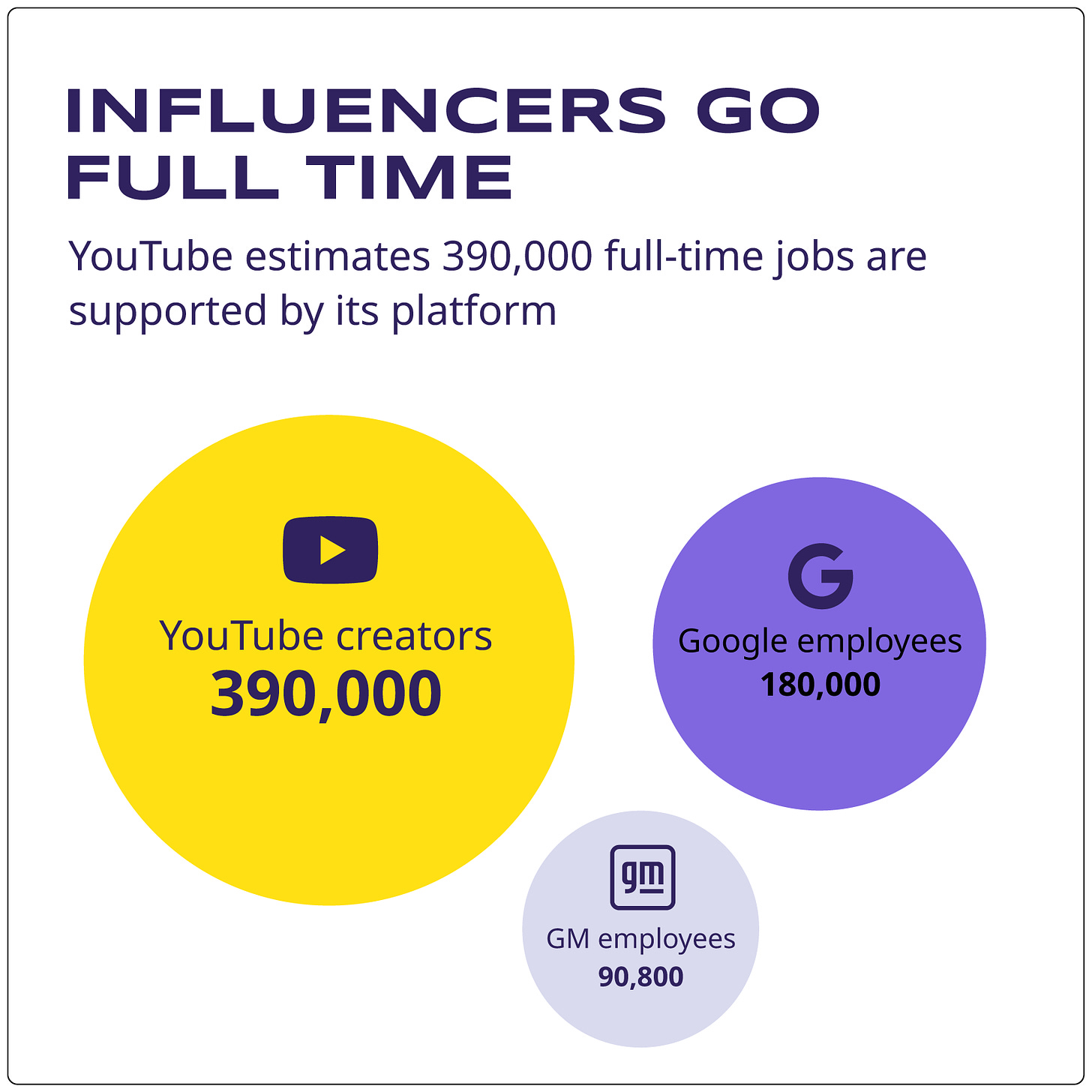
In some ways, it’s easier than ever to become a full-time influencer — all you need is access to social media and something to say. The influencer economy is continuing to expand, as digital content consumption grows and new platforms emerge, such as TikTok. The internet has a seemingly endless appetite for content and creators, and the next big social star could come from anywhere.
But as the social media landscape becomes more complex and the industry evolves, so do the job responsibilities listed under “Influencer.” Knowledge of multiple platforms is now a must, in addition to branding, marketing, and business. Now, college classes are cropping up promising to teach influencer-hopefuls the skills they need to find success in a crowded job market.
While influencers make some money just by posting, the influencer economy really runs on brand partnerships and advertising. Payments from brands to influencers in the U.S. have more than doubled since 2019, now reaching $5 billion. Strategically layering in influencer strategies can strengthen marketing efforts and enable brands to tap into the highly engaged followers of influencers who have audiences that align with your brand’s key demographic.
 Tiktok failed to load.
Tiktok failed to load.Enable 3rd party cookies or use another browser
Tech regulation moves notoriously slow — especially in comparison to the lightning-fast pace of technology advancement. But some issues can rally regulator action faster than others — like child safety and the power of AI.
Social media platforms are facing an increasing barrage of lawsuits and regulations aimed at protecting kids from the harms of social media and its addictive algorithms. Forty-one states, plus D.C., have banded together to file a suit against Meta, accusing the social giant of contributing to children’s rising mental health issues. Multiple states have also sued TikTok, claiming the video app intentionally encourages kids to get addicted to its platform. New York has also introduced legislation that would require adult consent for a child to access algorithm-based feeds like TikTok’s. This crackdown is worldwide — since the passing of GDPR, one-third of fines against social media platforms have been linked to insufficient protection of children’s data.
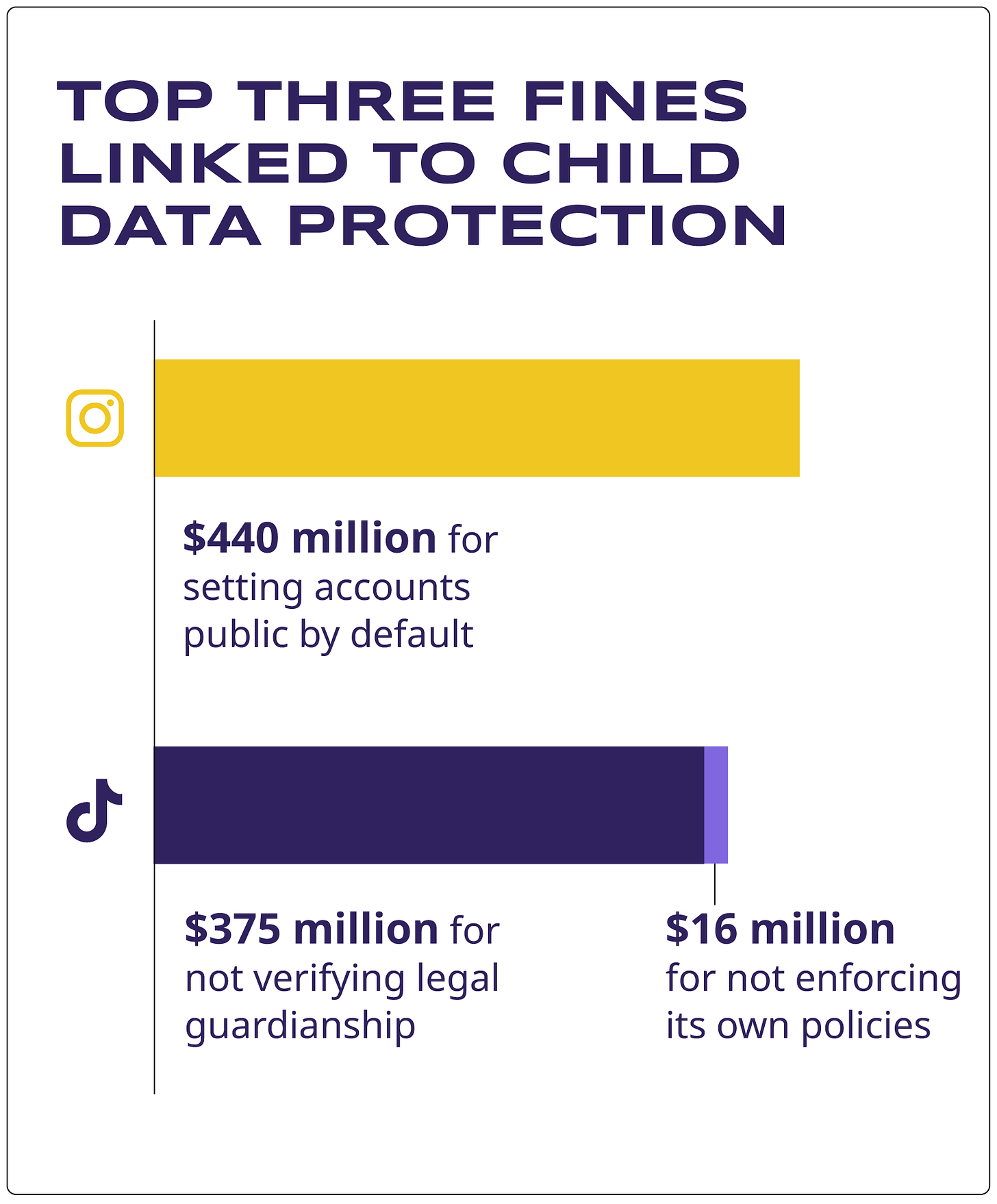
We all saw the headlines saying AI has the “potential to destroy humanity,” so it’s no surprise regulators are feeling a little fire under their feet. Though the U.S. congress is still working on its own AI Bill of Rights, President Biden fast-tracked regulation with his own AI Executive Order, establishing standards for AI safety and security.
While protecting kids and the future of humanity might spur regulatory action, the onus is still largely on businesses to set their own standards for the responsible use of AI and children’s media. With consumer trust in brands still in flux, businesses have to move with intentionality.
More and more stores will be shuttering their doors on Thanksgiving this year, continuing a trend that began during the pandemic. Target became the latest major retailer to announce they’ll be closed on Turkey Day, following one of the largest mall operators, Simon Properties, that will be doing so for the fourth consecutive year. Even major grocery stores like Publix, Aldi, and Trader Joes will be closed — so make sure to stock up on all your ingredients for the big day.
While these store closings don’t necessarily mean consumer shopping habits have evolved, it's an indicator of how companies are viewing and valuing their employees. There is a growing priority on the importance of work-life balance, and the retail industry is shifting with that in mind, offering employees valuable time back right before the holiday rush.
As the pandemic’s effects are still rippling through society, businesses from all different industries need to continue to identify ways to balance offering customers what they want, while simultaneously providing employees the balance and benefits they need most.
The recent Texas Rangers-Arizona Diamondbacks World Series was the least-watched Fall Classic in recorded TV history. Despite averaging 9.7 million viewers across five games, this year’s Series saw a 23% decline from last year, part of a long-term, steady decline. At the same time, the NBA’s opening night saw a nine-year low in viewership. The opening night double header averaged just 2.78 million viewers, a 26% decline from last year and the lowest viewership since 2014. Similarly, Formula 1 is experiencing a slight drop, with ESPN’s networks dropping from 1.3 million average viewers in 2022 to 1.24 million in 2023.
Competing games, unpopular matchups, and lackluster competition could all play a part in the decline in men’s sports viewership. But at the same time, women’s sports are gaining viewers and smashing records.
Nebraska volleyball fans set a world record this summer, packing the stadium with 92,003 fans — the most ever at a live women’s sports event. The 2023 NCAA women’s basketball championship game drew in 9.9 million TV viewers, twice the total from a year earlier. It was also the most streamed game, men’s or women’s, ever on ESPN+. In June, the average attendance for the National Women’s Soccer League (NWSL) was up 48%, and viewership was up 21%. The championship game, which aired this November on primetime on CBS, was the second most watched game in league history. The league also recently announced the largest media deal in women’s sports history — a new four-year agreement with CBS Sports, ESPN, Amazon Prime Video and Scripps Sports. In 2024, 118 NWSL games will air on TV or streaming.
While viewership of men’s sports may be struggling in some areas, brands have the opportunity to tap into a growing market with women’s sports. Viewership numbers and live attendance have consistently been increasing across sports, and women’s teams have a dedicated (and expanding) audience worth connecting with.
OpenAI’s future is uncertain after the board ousted longtime CEO Sam Altman. We’ll have our eyes on the AI innovators — and Microsoft, Altman’s landing place — as the story unfolds.
As social media traffic to legacy news continues to decline, influencers and content creators are moving in to fill the hole left behind as social scrollers’ number one news source.
Another industry the pandemic has transformed? Homeschooling. While down from 2020’s highs, homeschooling rates are up 51% from five years ago.
Want to hear more? Check out our free newsletter The Spark for the biggest digital marketing updates, tips, and trends of the week in your inbox. From SEO to social media to content marketing, we’ve got you covered.
Copyright © 2023 Tier One Partners is a women-owned full-service PR, content, and digital marketing agency. We work with innovators in B2B and B2C technology, digital healthcare, financial services, energy tech, and manufacturing to develop award-winning creative, data-driven strategies that propel them to industry leader status. From day one, we’re committed to earning our clients’ trust, sharing their vision, and embedding their purpose into everything we do. To learn more, visit wearetierone.com.



